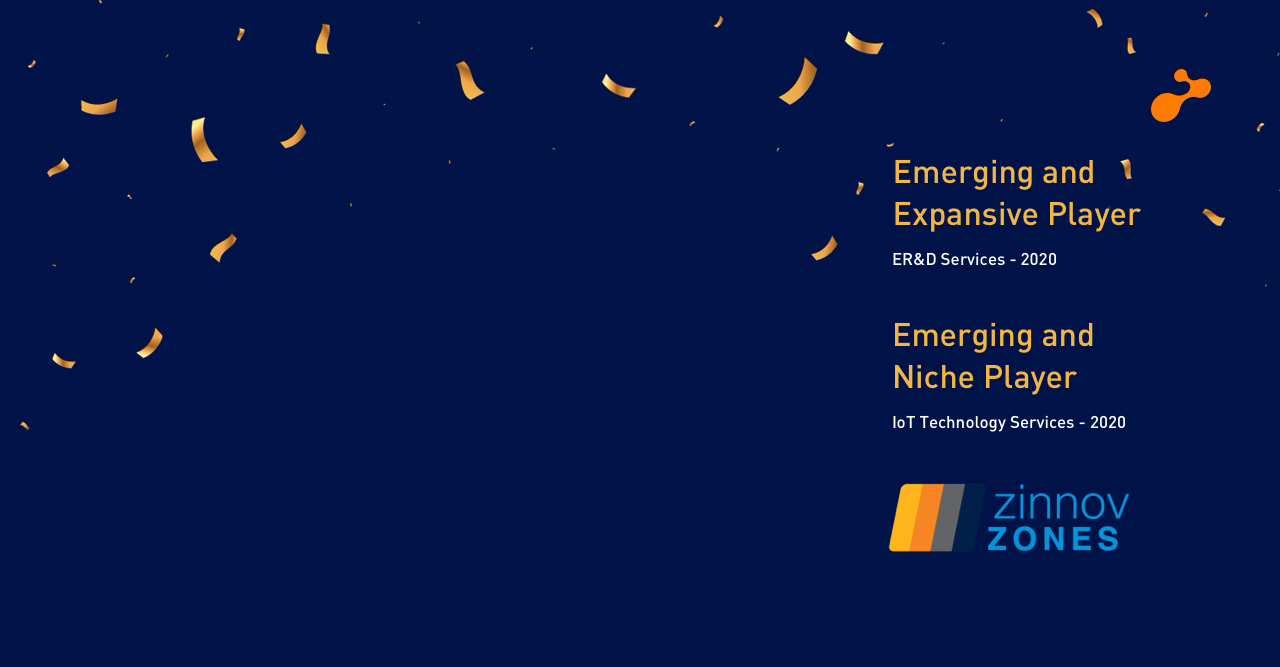As the year comes to an end, trade pundits take to analyzing the trends that were and will be. Experts at e-Zest have collated a list for mobile app trends, from the business and app development perspective.
1. Augmentations to Augmented Reality (AR)
Retail marketers have realized the potential of Augumented Reality and are leveraging it in catalogue apps, in-store demonstration apps. 2015 will see a steady rise in AR retail appsin a way that will become indispensible for heavy weight retail chains to have an AR app. These will be aided by wearable technology, which will see other devices in addition to Google glasses in play.
Automotive sector will experience a demand for 3D displays of product brochures. Unity 3D animations will be a rage for 360 degree interior/exterior views. Unity 3D will also play a major role in immersive reality apps for LIVE events, games as a marketing strategy and e-learning/DIY learning.
2. Bringing Location Awareness (LA) Indoors
Geo-fenced location awareness apps for hyper-local marketing of deals/coupons has developed as a full-fledged mobile marketing strategysince their inception in 2012.
With the acquisition of Wifi-slam and introduction of iBeacons, Apple set the precedent for a similar LA revolution in the indoor positioning systems. 2015 is an exploratory year for companies trying to bring seamless location awareness between the outdoor and indoor navigation to offer their customers an unobstructed app experience.
Retailers will now have access to complete navigation-cum-micro-level marketing systems which have searchable store outlets, directions to the store, indoor navigation aiding the user’s shopping, multi-storey/level navigation guidance and aisle/level based coupon prompts. This system can be tailored to other business as well, for example, indoor navigation and asset tracking on industrial shop floors.
3. UX is the USP
With apps crowding stores on every platform, it is imperative to have a disarming UX which engages and entices your users uniquely. Neglecting the visual designs may now prove fatal for product apps from startups and enterprises alike.
Layered UI with elements having a 3D-like depth are emerging. Also, the line distinguisher when separating UI elements in a list is making way for space-gaps which depict separation. Cleaner, less-cluttered UI with optimum information on a screen is the current trend. 2015 will also see designs which are less platform focused and more generic – in sync with the cross-platform development trend.
4. Apple Pay – The game changer in Mobile Payments
With mainstream banks collaborating with Apple Pay, mobile payments will experience a shift in the way B2C payments are handled. Also, B2B payments will go primarily mobile as Apple Pay like mobile payments become the norm for formal payments in 2015. There is a strong possibility of similar solutions coming up from Google (extension of Google wallet) and Microsoft.
5. mBaaS – The quicker way to building an app
Many product developers aim at a faster time-to-market as well as reduced costs on backend infrastructure. mBaaS provides both in the form of Cloud Platforms which allow the developers to leverage custom REST APIs (provided as a service) to access their data models. Another advantage it offers is that it can also be used for developing cross-platform HTML5 apps as well as mobile web apps.
6. EMM – Becomes more than a strategy, it becomes the core of Enterprise Mobility
As enterprises accept and incorporate an Enterprise Mobile strategy as an indispensible part of their business, the technology and implementation solutions evolve such that the thin line between MDMs monitoring the BYOD policy, MADPs aiding multi-platform development and MEAPs managing various enterprise application suites has dissolved to give rise to EMM (Enterprise Mobility Management) as a single practice-cum-solution. EMMs are the one-stop mobile strategy conceptualization and deployment workshop.
Also, with Microsoft Office introducing application suite for iOS and Android, enterprises will be comfortable in allowing employees to use their mobile devices (either BYOD [Bring Your Own Device]or COPE [Corporate Owned Personally Enabled)] for actual office work rather than only reporting and internal communication.
7. mHealth – Default app for every OS
With the mobile health market revenue being estimated to reach USD 26 Billion by 2017, mHealth apps will gain momentum in 2015. Apple has introduced default Health app which monitors the user’s biochemistry and physiology in iOS 8. This has laid the foundation of health consciousness being an integral part of an OS.
Fitness apps like Runtastic were widely popular in 2014. 2015 will see the extension of mHealth apps to include wearables, like Apple’s iWatch, other wearables from sports brands like Nike, etc.
Moreover, there will be an increase in prescription only apps which will require a doctor to prescribe a monitoring and medical refill ordering app for patients with chronic conditions such as hypertension, diabetes, thyroid, etc.
8. Mobile development trends – New OSes, Evolving cross-platform tools, Mobile first development, Analytics
Android has closed in on iOS, with its phone shipments being 84.4% over 11.7% of iOS in 2014 Q3. Though Apple is expected to recover some of its market share with its iPhone 6 shipments, it is highly possible that new OS players may chip in for their cut in later quarters of this year.
Android One (Google authorized ready-to-wear version of Android OS and firmware for OEMs in mobile), Tizen (the open source OS for all devices) , Cyanogenmod (the open source firmware for Android OS enhancement) will be the keywords to watch out for on the innovation front.
Cross-platform development tools will evolve into MEAPs which offer application management suites right from cloud hosting to app designing, development and deployment. New players in this field will focus on incorporating more OSes which come into picture in 2015.
Pure native apps will see a steady decline in 2015 except for wearable interfacing apps and apps which leverage OS specific features. mBaaS enabled products will target mobile devices first, as the number of users using mobiles to access information has overtaken desktop users. Email will not be the only mobile first channel!
Big Data Analytics integration will become a convention as products devise in-app marketing strategies based on usage trends.
9. Mobile at the center of wearables and IOT
Wearables started in 2013, were launched and experimented on extensively in late 2014. 2015 will see wearables in action as they become a fashion statement as well as handy accessories. It will still be an evolution year as manufacturers tie-up with fashion brands to make them more acceptable in everyday attire.
As most of the wearables today still require a mobile device handler, even though they have their own SDKs, mobile will be at the center controlling them. Similarly, systems for IOT will focus on mobile as a controller and monitor to access internet enabled machines/ equipment /appliances.
10. 4g
4g connections in Asia will increase the mobile user base in Asia-Pacific, opening more lucrative markets for US companies.
For example, Skype’s announcement to introduce voice translation service on-the-fly will benefit greatly from the 4g network speed. It leverages Microsoft Translator APIs which are also available for consumption for web, mobile apps and IOT.
As you wait, watch and utilize these hot mobile trends in the upcoming year, we at e-Zest wish you a very Happy New Year 2015!

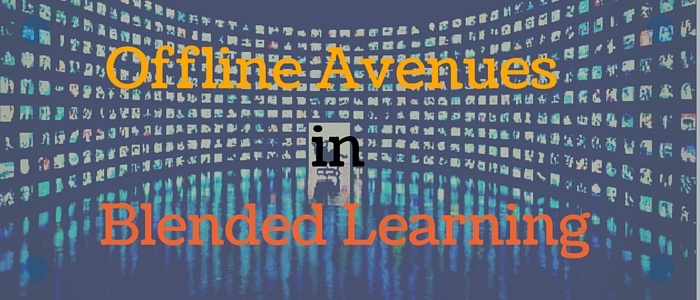
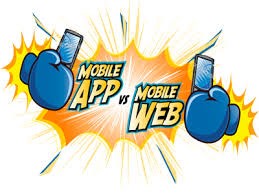
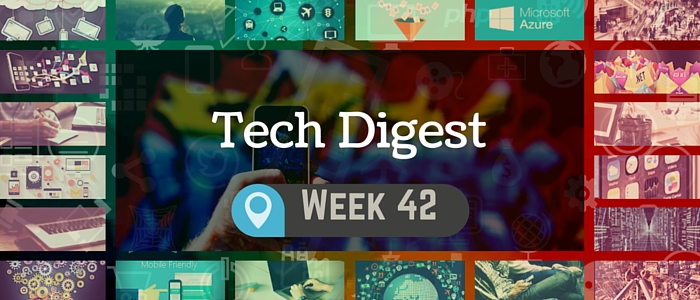
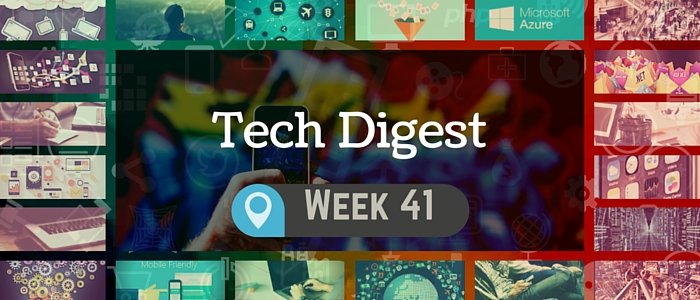
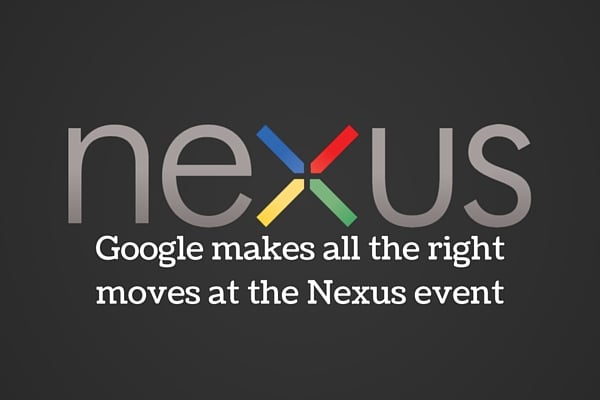

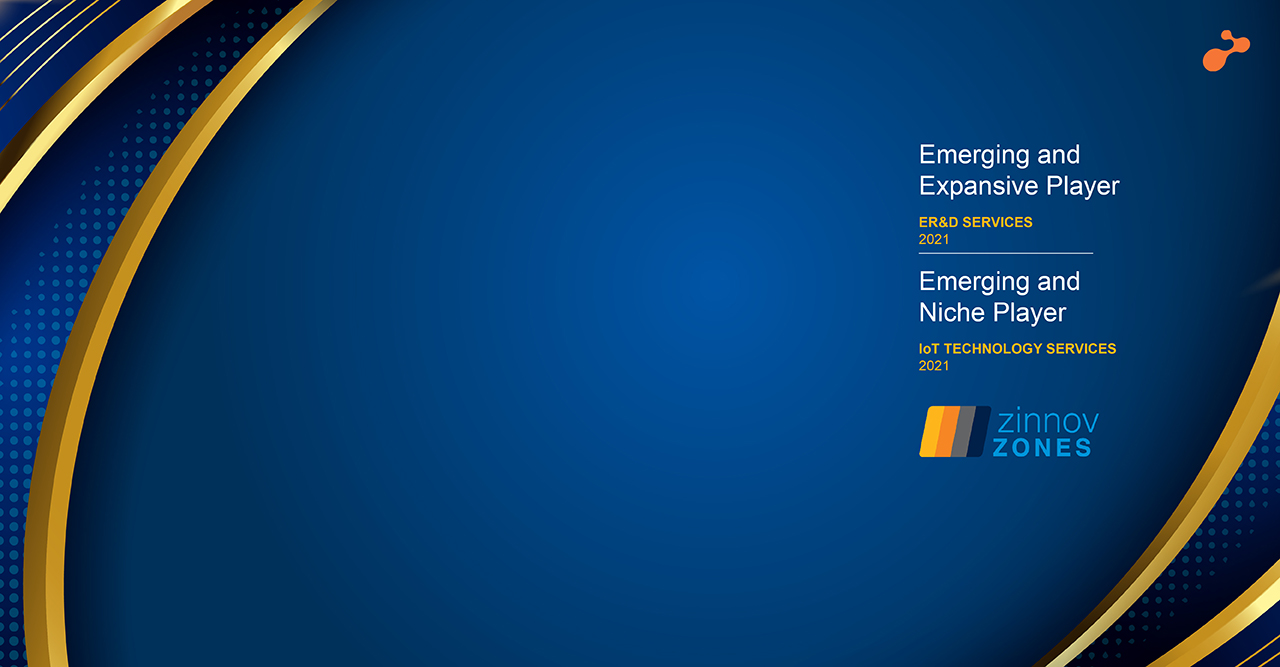

.jpg)
